How to Fix Lower Back Pain at Home
Lower back pain is an increasingly common experience for so many people around the world. It can strike after exercise, traumatic event, or even lifting the laundry bin. The spine and its muscles are a robust network to support the body and its movement but can also be the source of discomfort and pain.
The most important aspect of dealing with low back pain is getting the right care at the right time.
If you experience a traumatic injury or event that leads to back pain seek immediate medical attention. The list of stretches and exercises below assume that your back pain is a non-emergency injury and you can tolerate a pain-free range of motion throughout each movement.
These movements are in order of intensity and complexity, if you are trying them at home do work through the list progressively.
All of the stretches should be done daily and exercises can be completed in 3 sets of 10 repetitions 3-4 times a week. Also, if you have a foam roller that can too be a good way to carefully releave pain.
5 Stretches to Fix Back Pain at Home
Stretch #1 Knees to Chest
More than anything this stretch it to make sure you are in a position to move forward to more complex and intense movements. But it also allows an opportunity to get simple range of motion in the legs and pelvis to stretch the surrounding musculature.
Doing this exercise to fix lower back pain at home you will want to start with finding a comfortable place to lay down on your back.
Slowly bring your knees to your chest and grab the front of your knees with your hands pulling your legs closer to your body as able. You should feel a sensation in the glutes and hamstring as well as the lower back where you are experiencing pain.
Hold this stretch for 30 seconds, take a break, and then repeat to give your low back relief.
Stretch #2 Prayer Stretch
Starting with prayer stretch is a great way to gauge your range of motion, pain sensation, and still get benefits of a stretch. It is important when dealing with low back pain to move slowly and purposefully to avoid positions and movements that reproduce symptoms dramatically.
For this exercise you will want to start out on your hands and knees with your eyes looking down at the floor. A straight line from your glutes to the top of your head for proper spinal alignment.
Once in that position, take a deep breath in through the nose and out through the mouth slowly releasing the air as you sit your hips back on your heels. The lower you can get the better, drop your chest and head down as you fully exhale and hold the position for 30 seconds.
This stretch targets the low back specifically but also helps get the pelvis into a more favorable position to stretch the back muscles entirely in a safe manner. Repeat this stretch and attempt to get lower each time until your hips can comfortably sit on your heels. This is a great stretch to start or end the day.
Stretch #3 Lumbar Rotation
This is the first stretch in the series that is progressive assuming the previous movements were tolerable.
Laying on your back with your knees bent and feet flat, put your knees and feet together as if you had a mermaid tail. Next, take a deep breath in a and as you exhale slowly drop your knees to the side, inhale bringing the legs back up to the starting position and exhale again as you drop them to the other side.
You do not need to have your knees touch the floor, work within your own pain-free range of motion.
Working this movement side to side creates a rotational motion in the lumbar spine and can help reduce tension if you are trying to fix lower back pain at home. This is a great exercise because it is an unassisted stretch that targets the low back which can be a difficult area to alleviate pain on your own.
Stretch #4 Hamstring Stretch
The hamstring stretch is a great exercise to do at home. The reason the hamstrings need to be stretched when lower back pain is present is that the hamstring attaches to the pelvis. If these muscles are tight of experiencing tone they can affect the position of the pelvis which can be related to low back pain. If the pelvis is tilted by the hamstrings over time that position may produce symptoms further up the spine.
These areas are related through a system called the posterior chain. The posterior chain is all of the muscle from the back of the ankle to the back of the head of the posterior, or back side of the body.
This system works together to regulate anterior, or forward movements of the body. If these muscles are tight or weak that can be a source of issues for the spine.
Stretching the hamstrings can be done several ways, but laying on your back with both knees bent and feet flat is a great starting point.
Once in that position, lift one leg straight up in the air leaving a slight bend in the stretching leg’s knee and move that leg closer to your body. There will be a sensation of stretch in the hamstrings between the bottom of the glute and back of the knee. You can use a towel of some sorts (As in the picture) if you find that useful.
Hold this position for 30 seconds and then switch to the other leg. There are other ways of completing this stretch but this is one of the safest positions to stretch the hamstrings with lower back pain present, especially if you are trying to fix it at home.
Stretch #5 Hip Flexor Stretch
Building off of the concept of posterior chain it is important to consider the anterior chain as well.
Deficits in strength and flexibility can lead to several issues and lower back pain is most commonly coupled with weak and tight hip flexors. The hip flexors are the iliacus and psoas muscles. They are primarily responsible for lifting the femur (thigh) into flexion (up towards the body).
When the pelvis is tilted forward through sitting, poor exercise technique, etc. there is a higher likelihood that the hip flexors will be in a shortened position as they attach to the lower spine and inside of the pelvis.
Over time this can cause weakness and tightness and encourage lower back pain. Fixing this issue at home takes time, but can be done through a hip flexor stretch.
Kneeling on the ground with the front foot put far out in front of you lunge forward while keeping your trunk over your hips and head up. The stretch will occur in the front of the thigh and hip toward the medial (inside) part of the leg that you are kneeling on. Hold this stretch for 30 seconds breathing in and out then switch to the other leg.
5 Exercises to Fix Back Pain at Home
After stretching the area and getting an understanding of your individual range of motion and pain tolerance the next step to fixing back pain at home is to strengthen the surrounding musculature.
This is important to reduce the likelihood of injury again and restore full range of motion in the future – pain-free.
Exercise #1 Bridge
The bridge exercise focuses on glute strength but can also be modified to include the hamstrings and hips flexors as well.
To begin this exercise lay on your back with your knees bent and feet flat on the floor. The closer your heels are to your glutes the more glute activation you will experience. The further your heels are away from your body the more hamstring activation will occur.
Once in position lift your hips up towards the ceiling and squeeze your glutes. Reaching the end range of motion hold that position for a couple of seconds and then slowly lower your hips back down to the mat. This movement should be slow and controlled.
If you are interested in a hip flexor stretch at the same time bring your feet together in the starting position and allows your knees to drop to each side. Bridge up with feet together and knees apart to feel a hip flexor stretch while strengthening the posterior chain.
Exercise #2 Bird Dog
Core exercises are also very important to fixing low back pain at home. The core is the foundation of the body and helps support your trunk and spine. Having a weak or under-activated core is often related to the occurrence of low back pain. The core is vital to having control of your movement and strength in your spine to move, lift, and live with fewer injuries.
Other than having a fun name, the bird dog exercise is a great core exercise to begin with because it is safe if you are you experiencing pain. The starting position is on your hands and knees with your head down, eyes looking at the floor beneath you.
Take a deep breathe in through the nose and as your exhale reach out in front of you lifting the right arm up and kick back behind you lifting the left leg. Inhale again as you slowly lower the right arm and left leg. Exhale again as you lift the left arm and right leg.
During this exercise, your hips should be as stable as possible by bracing and engaging your core. Modifications to this exercise if the movement in uncomfortable includes just moving the legs back or focusing on lifting one arm at a time.
The bird dog is a great exercise to fix your lower back pain because it focuses on the posterior chain and relies on the core to stabilize the motion of the arm and leg moving.
Exercise #3 Dead Bug
The next core exercise is the dead bug. This one is the same idea as the bird dog except it focuses on the anterior chain or front of the core.
Start by laying on your back with your arms straight up in the air and legs up, but knees bent as if there was a chair underneath you. At this position breathe in and exhale while slowly lowering the right arm behind you and the left leg away from you.
Inhale again bringing the limbs back to the starting position and exhale and repeat, but switching to the left arm and right leg moving.
The modifications are also the same and involve moving either the arms or legs to being with and working up to the opposite arm and leg in motion.
Exercise #4 Plank
The last core exercise to fix lower back pain at home is the plank. The plank is the most intense and difficult to hold especially if you are in pain. Knowing that, take caution when performing this exercise and know that there are plenty of other previously mentioned stretches and exercises to work on before attempting this one.
To do the plank start in a prone position (laying on stomach, face down) and move up to support your body on your forearms and toes. There should be a straight line from your heels to the top of your head. The most challenging aspect of this technique is to keep the hips from dropping too low to the ground or rising too high up into the air.
At the starting position hold for 30 seconds and breathe in through the nose and out through the mouth. A modification to this exercise is to drop your knees and support your body weight that way opposed to being on your toes.
Exercise #5 Rest
Rest may not seem like an exercise that will fix your lower back pain, but at home, rest is very important. It is common that the initial stages of experiencing low back pain are spent in a chair, bed, or couch. Rest is great but should not be the only thing you do to heal your back.
However, continually stretching and strengthening will also not help with either. Finding balance in these two areas is crucial. Make sure to rest and do low-intensity movements through the initial stages of the back pain and slowly work up to moving more and decreasing your rest to normal levels.
Taking a walk or getting up and out of the chair in addition to the movements previously mentioned will get you back on your feet a lot faster than focusing solely on resting or strengthening.
Product Assistant
If you are curious, there are a lot of product that could help with these kinds of problems. You can read the article about the benefits of rehabilitation products as well if you want. You can try back massage cushions, which are a very affordable and comfortable way to increase the body’s blood flow. A lot of people have used tens machines for sciatica – and if you are elderly, there is a lot of options for you to trade your normal chair into a massage chair.


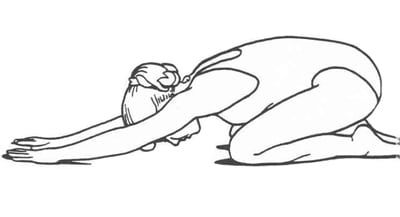
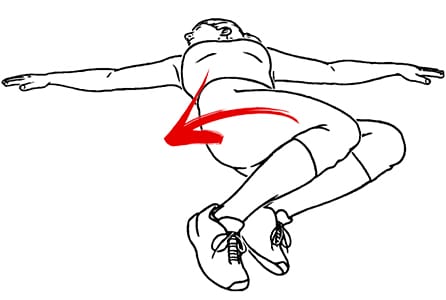

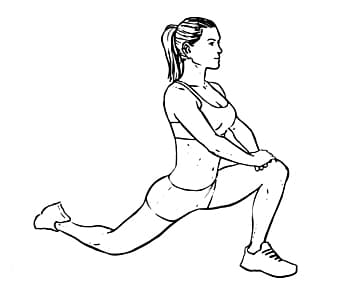

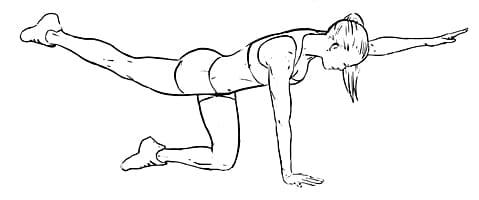
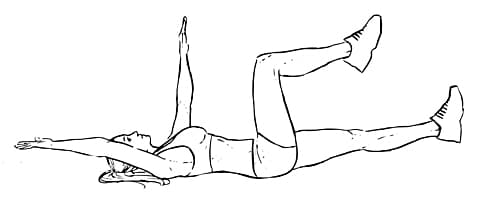
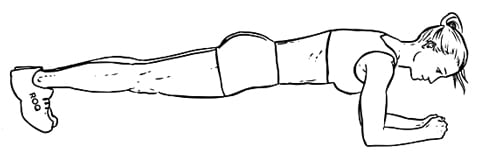

0 comments